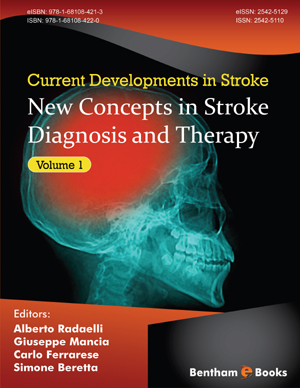Abstract
Promoting tissue plasticity is a very important therapeutic approach to reduce post-stroke disability. The neurological damage occurring after stroke indeed is a consequence of disrupted brain connectivity circuits due to cellular degeneration and impairment of plasticity processes. Axonal degeneration is also invariably seen in remote brain structures that have neuroanatomical links to the ischemic area. Recovery from stroke is thus very much depending on the possibility to develop treatments able to halt the neurodegenerative process and to foster adaptive tissue plasticity. Due to the intricacy of the systems involved, therapies that foster endogenous repair processes in a spatially and time targeted manner are required. We here discuss the physiology of recovery processes occurring after stroke and the main strategies to foster compensatory neuronal networks aiming to reduce stroke-related disability.
Keywords: Axonal sprouting, Critical period, Growth factors, Inflammation, Ischemic stroke, Neural stem cell, Plasticity, Transplantation.






















